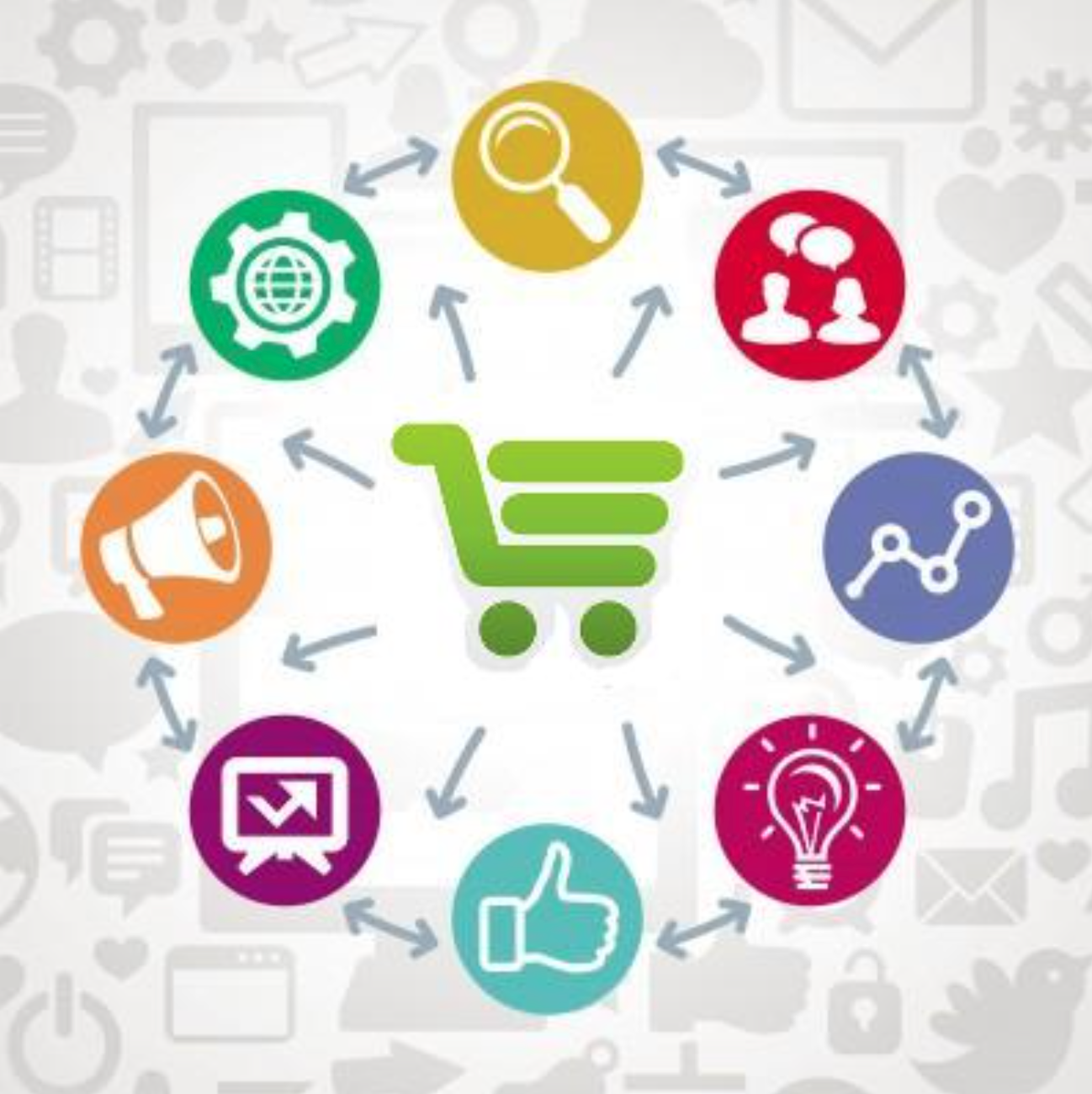In 2020, multichannel retailers (sometimes called omnichannel retailers) generated more than $350 billion in sales.
Retail experts predict that multichannel sales will account for 46% of all e-commerce sales.
Selling on different channels allows you to reach different audiences, and give consumers the choice to engage on the platform of their preference.
There are several challenges and opportunities of this practice, which we’ll list out below as well as provide some examples.
Table of Contents
The benefits of multichannel retail
Benefits include:
Improved customer experience
Shoppers, before making a purchase learn about a business over different channels.
The more touchpoints you can have with them – social media but also SEO and even non-digital (e.g., mail) – the better the experience.
Reduced costs
When you sell on more channels, you’re going to order more inventory, and the cost per unit will be lower.
Customer loyalty
According to a report, multi-channel consumers spend 30% more in their lifetime than single-channel purchasers.
Diversification
A multichannel or omnichannel approach reduces your dependence on any given source of traffic or leads from your business.
If your business is entirely dependent on SEO, all it takes is a simple algorithm change and your business could be devastated.
If your business is based on Facebook and there’s a change there, your account gets banned, or something else, it has a similar effect.
It goes for anything.
If Google is 100% of your traffic and it get cut in half, that’s 50% of your revenue gone. However, if SEO is 20% of your traffic and it gets cut in half, then that’s a more manageable 10% hit.
Your goal should always be to build out more sources of traffic and leads over time to develop a more stable business that can weather anything that’s thrown at it.
Challenges of multichannel retail
However, the multichannel strategy comes with some challenges.
Here are the main ones:
Marketing
Advertising on many channels means that you need to divide your budget on different channels.
The solution is allocating your budget by funnel stages rather than platforms.
Attribution
Choosing the right attribution model will mostly depend on what channels you advertise on, or what kind of data you need.
Inventory management
Before expanding into a new channel, streamline and automate your inventory management processes. Or it will get messy.
Overcoming multichannel retail strategy challenges
However, when you overcome them your brands can get a sweet outcome.
Here are a few examples:
Gymshark
This is one of the fastest-growing e-commerce stores.
And half of their revenue comes from returning customers.
They’re a multichannel store:
- E-commerce: Where they redirect Facebook and Instagram users.
- Pop-up stores: By inviting brand ambassadors and influencers to its pop-ups, Gymshark combines online and offline channels, contributing to its loyal fanbase.
Leesa
Leesa sells mattresses online, and in its multichannel strategy each channel exists as a separate purchase opportunity:
- E-commerce website.
- Amazon: Not only does Leesa sell on this platform, but they also retarget customers that added their products to the cart but abandoned it with Amazon Ads.
- Facebook: Leesa retargets users who don’t complete purchases with Facebook Ads.
- Pinterest: They also sell their products natively on Pinterest with Buyable Pins.
Digital Experience Platforms (DXP) in Omnichannel Retail
A digital experience platform (DXP) is an evolution of a content management system (CMS), modified to address multiple aspects of the sales and customer experience.
The digital experience platform market is expected to be worth $25 billion by 2030, growing at a CAGR of 11 percent.
According to a recent Omninsend study, purchase rates are 287 percent higher (nearly 4x) when 3 or more channels are used to communicate with customers.
Digital experience platforms are part of the “meet customers where they’re at” meta trend.


